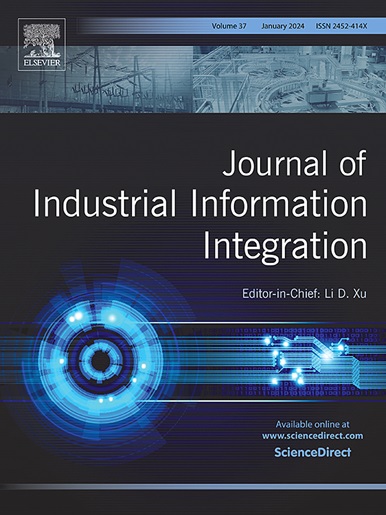Advances and innovations in road surface inspection with light detection and ranging technology
IF 10.4
1区 计算机科学
Q1 COMPUTER SCIENCE, INTERDISCIPLINARY APPLICATIONS
引用次数: 0
Abstract
Light Detection and Ranging (LiDAR), an advanced non-contact sensing method capable of capturing 3D spatial data with up to millimeter-level precision depending on the ranging method, has been widely used in pavement defect detection and road asset management. This paper provides an overview of LiDAR-based pavement inspection techniques in terms of measurement principles, characterization of acquisition methods, and algorithmic processing of point cloud data. Subsequently, the characteristics of major LiDAR systems, including mobile laser scanning (MLS), terrestrial laser scanning (TLS), and airborne laser scanning (ALS), and their applicability for pavement information inspection are analyzed. MLS emerges as the predominant method due to its superior mobility and measurement precision in retrieving pavement data. Then, traditional and deep learning-based 3D point cloud processing algorithms are compared for pavement information inspection, challenges in achieving high accuracy and efficiency with large datasets are discussed, and future research directions are outlined in this study. Additionally, the paper highlights the practical outcomes achieved with economic LiDAR solutions, whose data densities are one to two orders of magnitude lower than those obtained with powerful and expensive solutions. Furthermore, the potential for integration with other technologies to enhance detection efficiency and precision is discussed.
利用光探测和测距技术进行路面检测的进展与创新
激光雷达(LiDAR)是一种先进的非接触式传感方法,根据测距方法的不同,可以捕获精度高达毫米级的三维空间数据,已广泛应用于路面缺陷检测和道路资产管理。本文从测量原理、采集方法特征和点云数据处理算法等方面概述了基于激光雷达的路面检测技术。随后,分析了移动激光扫描(MLS)、地面激光扫描(TLS)和机载激光扫描(ALS)等主要激光雷达系统的特点及其在路面信息检测中的适用性。MLS以其优越的机动性和测量精度在路面数据检索中占据主导地位。然后,比较了传统的三维点云处理算法和基于深度学习的三维点云算法在路面信息检测中的应用,讨论了在大数据集下实现高精度和高效率所面临的挑战,并展望了未来的研究方向。此外,本文还强调了经济的激光雷达解决方案所取得的实际成果,其数据密度比强大而昂贵的解决方案所获得的数据密度低一到两个数量级。此外,还讨论了与其他技术集成以提高检测效率和精度的潜力。
本文章由计算机程序翻译,如有差异,请以英文原文为准。
求助全文
约1分钟内获得全文
求助全文
来源期刊

Journal of Industrial Information Integration
Decision Sciences-Information Systems and Management
CiteScore
22.30
自引率
13.40%
发文量
100
期刊介绍:
The Journal of Industrial Information Integration focuses on the industry's transition towards industrial integration and informatization, covering not only hardware and software but also information integration. It serves as a platform for promoting advances in industrial information integration, addressing challenges, issues, and solutions in an interdisciplinary forum for researchers, practitioners, and policy makers.
The Journal of Industrial Information Integration welcomes papers on foundational, technical, and practical aspects of industrial information integration, emphasizing the complex and cross-disciplinary topics that arise in industrial integration. Techniques from mathematical science, computer science, computer engineering, electrical and electronic engineering, manufacturing engineering, and engineering management are crucial in this context.
 求助内容:
求助内容: 应助结果提醒方式:
应助结果提醒方式:


